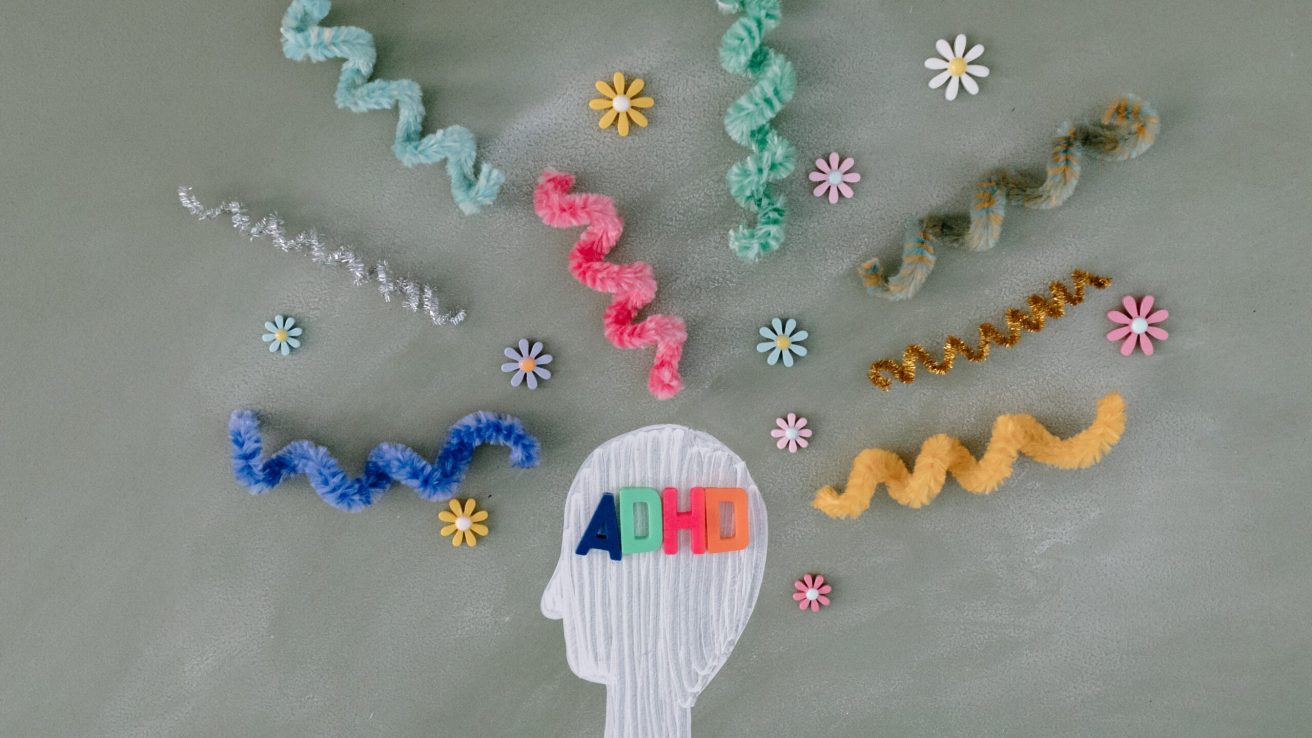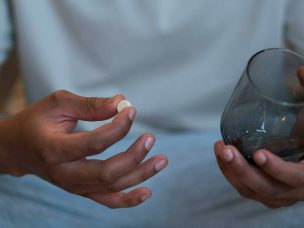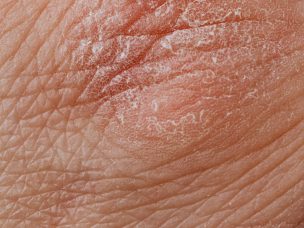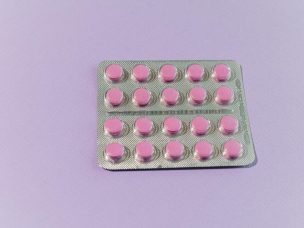This article describes a new way of identifying possible non-stimulant ADHD therapeutics, which can have fewer side effects than their stimulant counterparts.
The most common first-line therapeutic treatment for attention-deficit/hyperactivity disorder (ADHD) is methylphenidate. However, this medication has a number of serious side effects, including weight loss, insomnia, and hypertension. The development of non-stimulant-based therapeutics has been prioritized, but many of these have other side effects, notably including somnolence. This article, published in Neuropsychopharmacology, looks at non-stimulant therapeutics that were identified using a powerful genetic model and unbiased drug screens.
The authors first identified that adgrl3.1 null zebrafish larvae show a robust hyperactive phenotype, which was strongly affected by ADHD non-stimulant therapies, although sleep interference was still observed. The authors then used the wild-type zebrafish larvae to describe a behavioral phenotype generated by the ADHD therapy atomoxetine, and screened the 1200-compound Prestwick Chemical Library for a matching profile, resulting in 67 matches. These were re-assayed in the adgrl3.1 null and four compounds were identified that matched the effects of atomoxetine: aceclofenac, amlodipine, doxazosin, and moxonidine.
Other effects of these medications were also demonstrated, including the cognitive effects of moxonidine in mice using a T-maze spontaneous alternation task. Moxonidine has a high affinity for imidazoline 1 receptors, and assaying a pure imidazoline 1 agonist generated an effect that matched other non-stimulant ADHD therapeutics.
The authors note that the experimental nature of these five potential therapeutic options means that further study is needed to elaborate on and confirm these preliminary results, but that this methodology can be used to further the understanding of the neural circuits of ADHD while identifying novel therapeutics.
Sveinsdóttir, H. S., Christensen, C., Þorsteinsson, H., Lavalou, P., Parker, M. O., Shkumatava, A., Norton, W. H. J., Andriambeloson, E., Wagner, S., & Karlsson, K. (2022). Novel non-stimulants rescue hyperactive phenotype in an adgrl3.1 mutant zebrafish model of ADHD. Neuropsychopharmacology. https://doi.org/10.1038/s41386-022-01505-z










